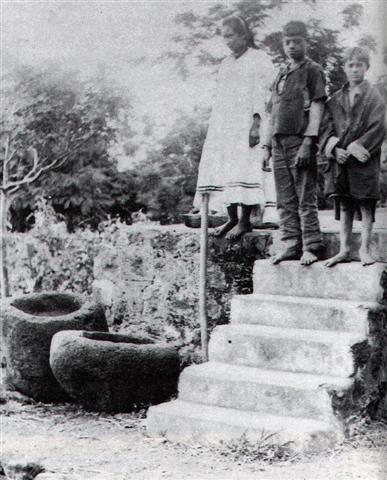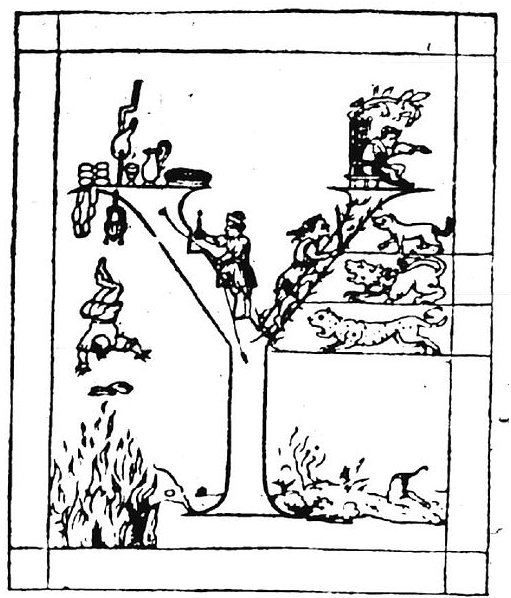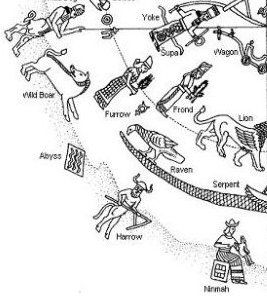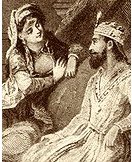Bb12-1 In the B text much interest seems to have been centered on the Mouth of the Fish:
The cor-relation between the position of Fom-al-Haut (α Piscis Austrini) and the days in the Sun calendar could be cor-rectly determined from its culmination at 21h. ... Allen has documented all his star culminations at 21h, which could be due to an effort of keeping the culminations at their proper places according to the ancients, 24h (spring equinox) - 21h = 3h = 24h / 8 = 45ş. 3h corresponds to 366 / 8 = 45.75 of my right ascension days and *366 - *46 = *320 (Dramasa, σ Octantis) ... And, as we can see in the B text this place coincided with glyph number 88 → number of glyphs in the last pair of lines on side b. 43 + 45 = 88 (Bb3-10). Here, when the Sun - the Head, Proto-Semitic *raۥ(i)š - would reach October 25 (298), it would coincide with where the Mouth of the Fish culminated (at 21h). Consequently, the Full Moon would (ideally) be at the place of April 25 (115 = 298 - 183). → 115 * 4 + 12 = 472 (= 4 * 118). The Explorers sailed away from their old homeland in April 25 (Vaitu Nui 25) and they started their journey back from Easter Island in October 25 (Tangaroa Uri 25): ... On the twenty-fifth day of the first month (Vaitu Nui), Ira and Makoi set sail; on the first day of June ('Maro'), the bow of Ira's canoe appeared on the distant horizon, came closer and closer on its course, and sailed along, and finally (one) could see the (new home) land ...[E:17] ... Ira, Raparenga, Uure, Nonoma, and Ringiringi got up [he ea] and left [went to, he oho] the 'Dark abyss [te poko uri] of Hau Maka' (i.e., Rano Kau), arrived at Hanga Te Pau, put the canoe into the water [he hoa i te vaka], and sailed off to [went to, he oho] Hiva, to Maori. Ira left [for Hiva, for Maori, i ōho ai a Ira.ki hiva.ki maori] on the twenty-fifth day of the month of October ('Tangaroa Uri') ... [E:86]
Kuukuu, the Planter, the Digging Tool, (→ Ngukuu → Nuku inverted → cfr Bb3-11),
was presumably intended to correspond to Mars - and he would be defeated by the Earth Turtle - whereas Makoi, Makoi. The tree which on T. was called miro, Thespesia populnea. Van Tilburg. Makoikoi, kidney T. Churchill. presumably corresponding to Saturn, would be left behind. Only 5 of the Explorers (Planets) would be going home. ... Ira sat down [he noho] with all the other (companions) and spoke to Makoi [ka ki era kia Makoi]: 'You shall mark the land for me and make it known (by its name)!' ... [E:18] Makoikoi meant kidney - by means of which urine is generated - and the proper way to mark land is to pee on the important places. Therefore Makoi made a special cycle around Easter Island [E:38]. This assuredly would make the plants grow. ... Makoi went on, giving names, until he had made a (complete) circle around both sides (of the island). In Apina Nui a stone (maea) was erected [hakatuu], saying that the naming was done on a (round) trip during a single day ... He began with Apina Iti.
The Mnajdra underground solar temple was evidently shaped with kidneys in mind:
Also the Mayas associated 74 (→ Almaaz) with the Flood at the very beginning, this we can infer from the fact that the last page of the Dresden Codex was numbered 74:
Day 115 ("March 15) corresponded to the Gate of the Goat (*360 according to the era of Bharani → the place of birth → day 121 → 11 * 11).
... I became interested in what really happened at March 15 and reopened Henrikson to find out: Caesar was forewarned of the threat by the prophet Spurinna, who told him that a great threat was coming at Idus Martiae or just before. The day arrived and Caesar was still living. He was walking to his meeting with the Senate when he happened to encounter Spurinna and told him jokingly that he was still alive. Spurinna calmely answered that the day had yet not ended. The Romans divided their months in two parts and the dividing point was Idus, which in some way was connected with full moon. March 15 was the midpoint of March, which is close to spring equinox. The old agricultural year defined the beginning of the year to the time when sun returned, and it was connected with Mars ... If March 14 (73 = 365 / 5) was connected with the planet Mars, then the following day (74 → Almaaz) ought (in principle) to be connected with Mercury (the other twin):
... Already the ancient Babylonians associated winter solstice, and also summer solstice, with uncertainty ('the chamber of hazard' months, Ubšugina respectively Duazaga), and the hard to see planets Saturn and Mercury are possible to use in order to illustrate how difficult it is to perceive the future - the future is uncertain ... ... Another name for Mercury was Hermes and Hermes Trismegisthos (thrice-mighty) could have referred to the fact that there were 3.141 * 115.88 = 364.0 days for the cycle of the Earth around the Sun. Although the calendar has 365 days for a year this is due to the fact that the Earth has to turn around an extra day in order to compensate for how the direction to the Sun changes during a year ...
... Al Birūni had it in his astrological charts as Amphora, a Two-handled Wine-jar, that he may have adopted from Ausonius the poet of our 4th century. Even Vercingetorix, Caesar’s foe in Gaul, 52 B.C., is said to have put the similar figure on his stateres with the title Diota, a Two-eared Jar ...
Epimenides - who himself was a Cretan and yet stated that all Cretans were liars - went down out of sight in a cave like Kuukuu.
Pythagoras was his exact opposite, always being precise and truthful - he was an astronomer. He looked up to the night sky in contrast to the Planter who looked down to Mother Earth and to his offspring plants. Yet it was told that Pythagoras was initiated during thrice nine hallowed days in a cave.
In order to plant a new crop it was necessary to receive fresh rain water (vai ora, living water) from heaven. But first hard work had to be done in the fields, weeding and making furrows.
... The chaotic tumult in the Curia (where the Senate had their meeting and where they killed Caesar) resulted in his dead body left lying on the floor, while all the Senators panicked and ran out through the doors in different directions. They had planned to throw his body into the river, but the time of plans and order was in the past. Instead, in the afternoon, three of the slaves of Caesar came and fetched his body, and carried him on a stretcher to his home south of Forum - and one arm was hanging down in the corner where the 4th slave should have been ...
... What is the use of a book, thought Alice, without pictures or conversations? ... Most ingenious Thoth, said the god and king Thamus, one man has the ability to beget arts, but the ability to judge of their usefulness or harmfulness to their users belongs to another; and now you, who are the father of letters, have been led by your affection to ascribe to them a power the opposite of that which they really possess. For this invention will produce forgetfulness in the minds of those who learn to use it, because they will not practise their memory. Their trust in writing, produced by external characters which are no part of themselves, will discourage the use of their own memory within them. You have invented an elixir not of memory, but of reminding; and you offer your pupils the appearance of wisdom, not true wisdom, for they will read many things without instruction and will therefore seem to know many things, when they are for the most part ignorant and hard to get along with, since they are not wise, but only appear wise ...
|
|||||||||||||||||||||||||||||||||||||||||||||||||||||||||||||||||||||||||||||||||||||||||||||||||||||||||||||||||||||||||||||||||||||||||||||||
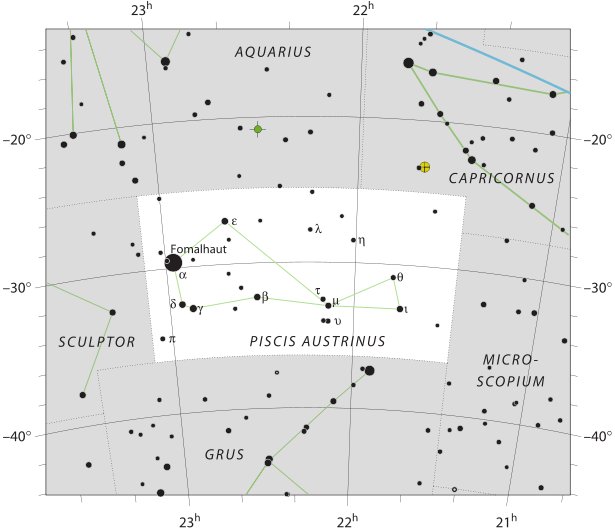

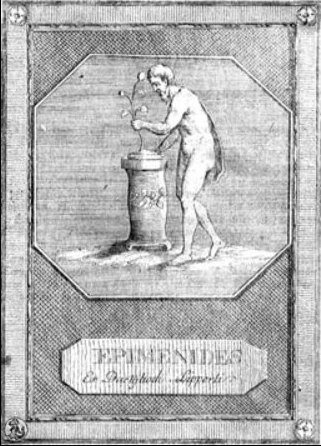
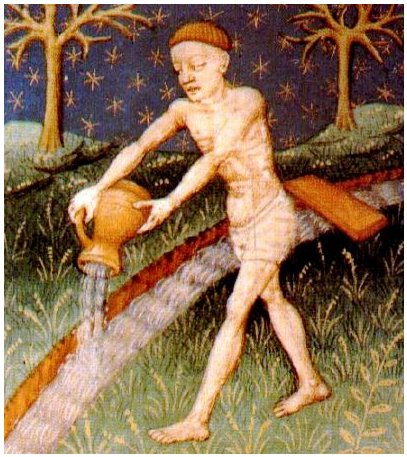

.jpg)


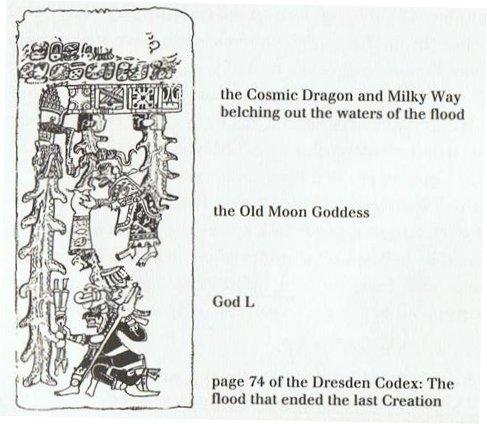

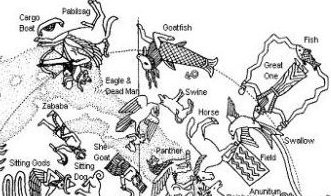
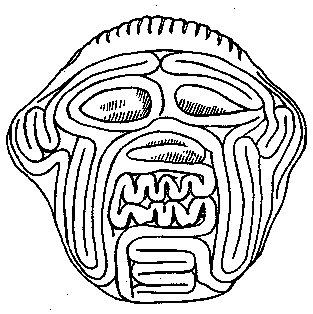
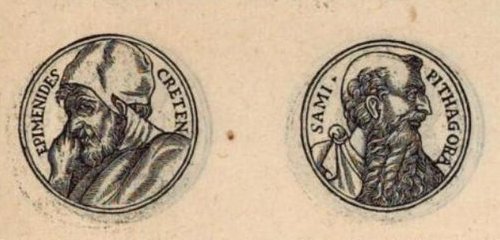
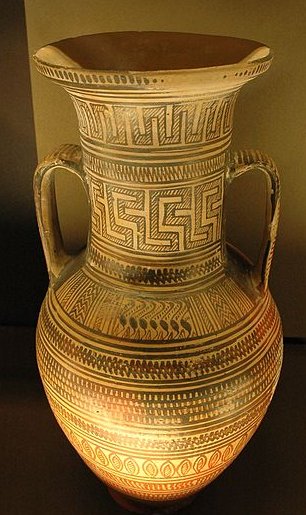
.jpg)
